Best HR Software for Managing Remote Teams
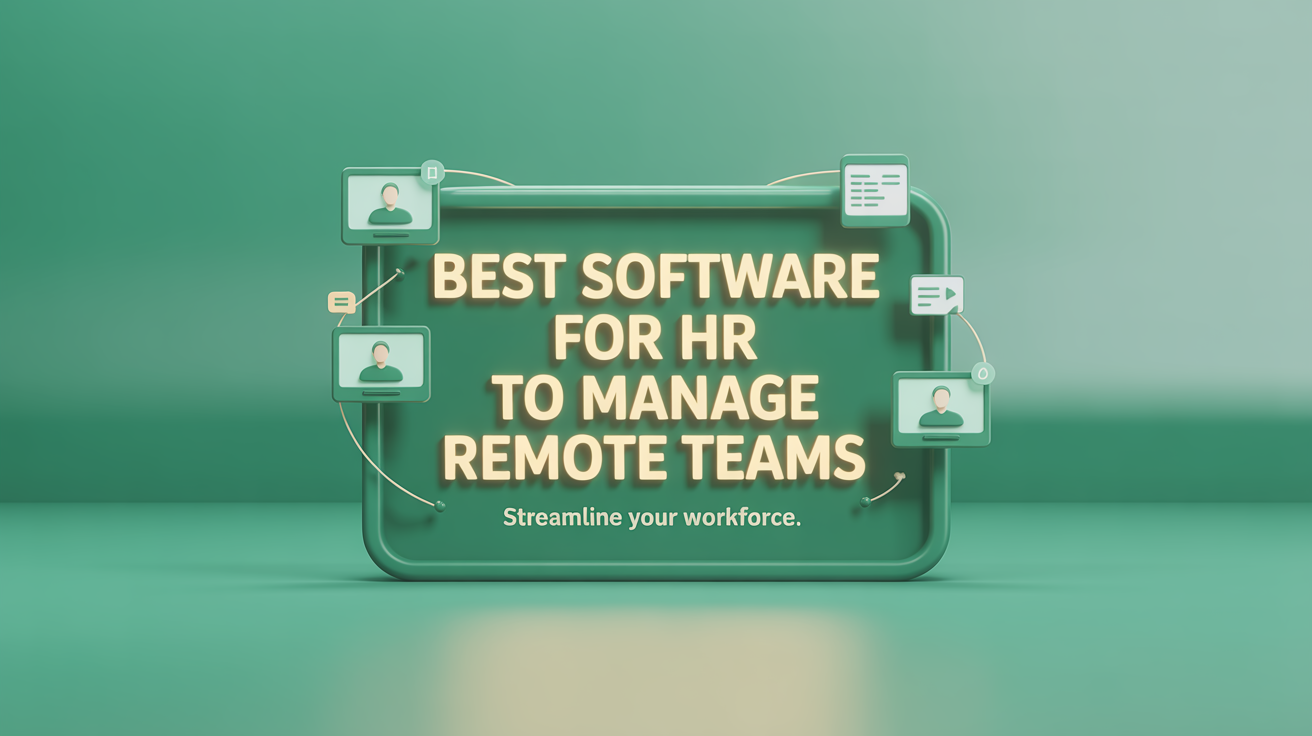
Your team is spread across three time zones, and you just realized you haven't had a real conversation with half of them in weeks. Someone's probably burning out, someone else might be job hunting, and your newest hire is likely wondering if they made the right choice, but you won't know until it's too late.The best HR software for managing remote teams helps you stay connected with your people. You can catch small problems before they become big ones. Nobody falls through the cracks or feels forgotten.
Remote work is amazing until you need to actually manage people. Without those casual hallway moments and coffee breaks, staying connected with your team takes real effort. The wrong tools just add more noise, but the right ones help you build genuine relationships even when you're miles apart.
I've evaluated HR software for remote teams to find the platforms that make managing people feel like a breeze. Here's what actually helps.
Best HR Software for Remote Teams by Function at a Glance
Monitoring – Apploye
Best HR software for managing remote teams with lightweight time tracking and productivity monitoring.
Core HR Management – BambooHR
Remote HR software with flexible HRIS features for onboarding, PTO, and performance management.
Global Hiring & Payroll – Deel
HR software for remote working that enables legal, compliant international hiring and payroll.
Communication – Slack
HR software for remote teams that streamlines team communication and automates HR workflows.
Document Storage – Google Workspace
Secure HR software for remote team management of documents, offer letters, and onboarding files.
Payroll – Gusto
Best HR software for small remote teams, offering easy payroll and benefits.
What makes the best HR software for remote teams?
How we evaluate and place apps?
Real people write these guides, not AI. We dig deep into customer reviews, compare ratings across multiple sites, and analyze real user feedback to see what actually works in practice. Nobody pays us to feature their app or rank higher. We know you're trusting us to cut through the noise and find what genuinely helps teams, so that's exactly what we do.
When you understand how your remote team operates, you can identify gaps in communication, engagement, and productivity while making data-driven decisions about your people strategy. Whether you're managing a fully distributed team or a hybrid workforce, HR software designed for remote work can give you complete visibility into employee experiences, performance trends, and team dynamics across locations and time zones.
What do you do with this insight? Perhaps most importantly, remote HR software helps you maintain consistency across your distributed workforce, ensuring every employee receives the same quality experience regardless of where they work.
When evaluating the best HR software for remote teams, I considered the following criteria
When reviewing the best HR software tools for remote teams across categories like employee monitoring, document sharing, HR management, and more, I focused on how well each app served distributed workforces. For every category, I selected one standout solution based on a consistent set of criteria:
Remote-Friendliness: Tools designed specifically or optimized for remote and hybrid teams, offering cloud-based access, mobile compatibility, and real-time collaboration features that integrate smoothly with popular collaboration tools, helping teams coordinate and stay productive across distributed environments.
Core Functionality: Robust and reliable features tailored to the specific HR category.
Ease of Use: Intuitive user interface and minimal learning curve for both HR professionals and remote employees.
Security & Compliance: Adherence to relevant data protection standards and strong security measures for handling sensitive employee information.
Integration Capabilities: Ability to integrate with commonly used tools like Slack, Zoom, Google Workspace, Asana, Trello and existing HR tech stacks.
Scalability & Pricing: Flexible pricing models and scalability to accommodate teams of different sizes without compromising performance.
Customer Support & Community: Availability of responsive support, thorough documentation, and an active user community.
What's not included in this roundup
Here, I focused specifically on HR software designed for remote and distributed teams. I didn't consider traditional on-premise HR systems or basic HRIS platforms that lack remote-specific features. I did include some platforms that serve hybrid workforces, but the emphasis is on tools that excel in fully remote environments.
Additionally, I have included standalone recruiting tools, payroll-only services, or learning management systems that might have HR-adjacent features. These tools can be valuable components of your remote HR stack.
Best for HR Software for Remote Employee Monitoring
Apploye
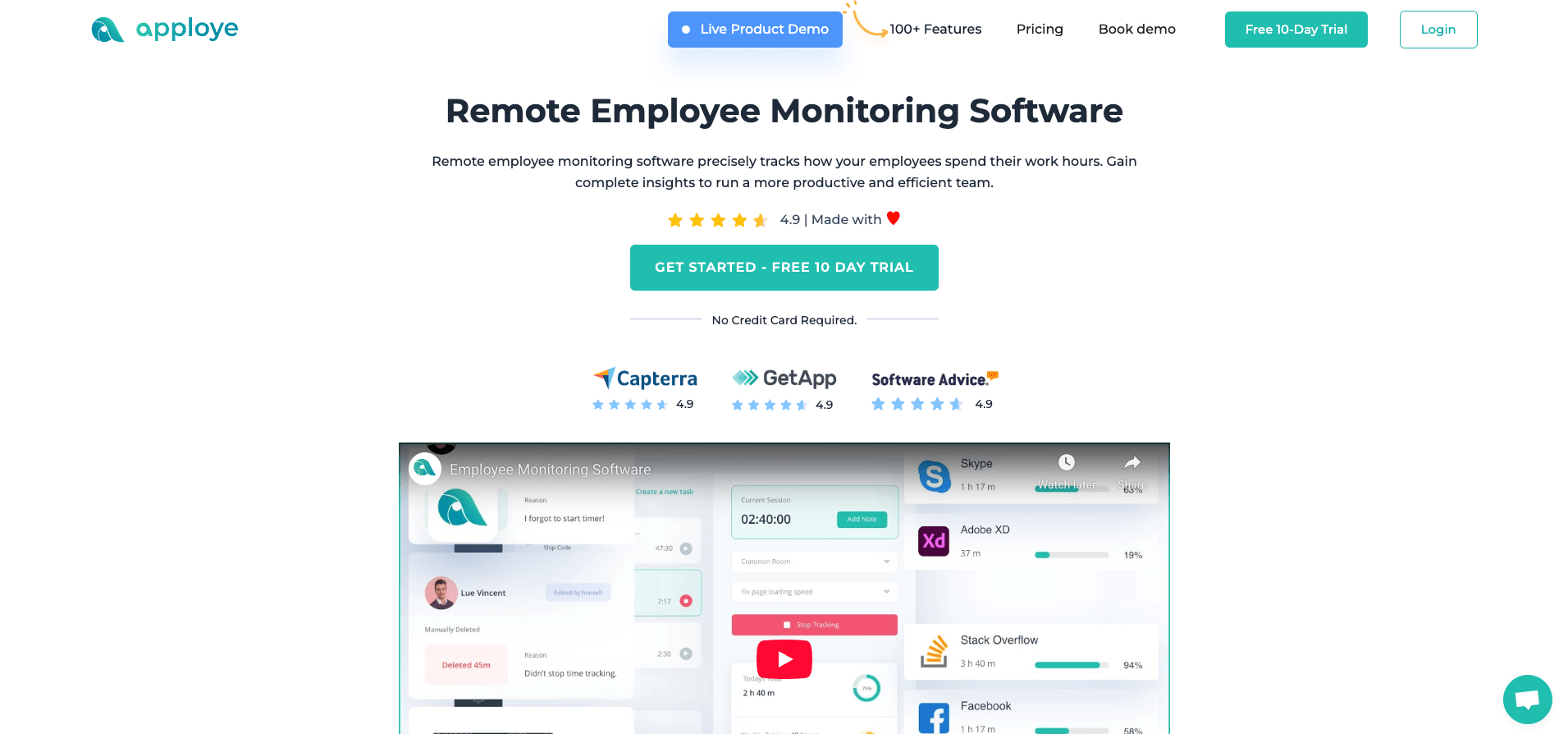
If you need visibility into how your remote team is spending their time, Apploye is one of the most reliable and affordable options out there. It lets you track time, monitor activity (if needed), and generate reports for projects or clients.
Why I recommend it:
This is especially useful for teams that want to improve productivity, work on projects, or just want a clear sense of work patterns without being invasive. You can see app usage, track idle time, and even screenshots/screen recording for distributed teams.
Why it works:
- Clean UI for admins and employees
- Accurate timesheets + proof of work
- App/website usage tracking
- Affordable pricing for small to enterprise teams
- Screenshots/Screen Recording
Use it for: Productivity tracking, accountability, project billing, performance patterns
Best fit: Agencies, dev teams, operations managers
Pricing: Starts at $2.50/user/month
Best for Core HR Management (People Ops)
BambooHR
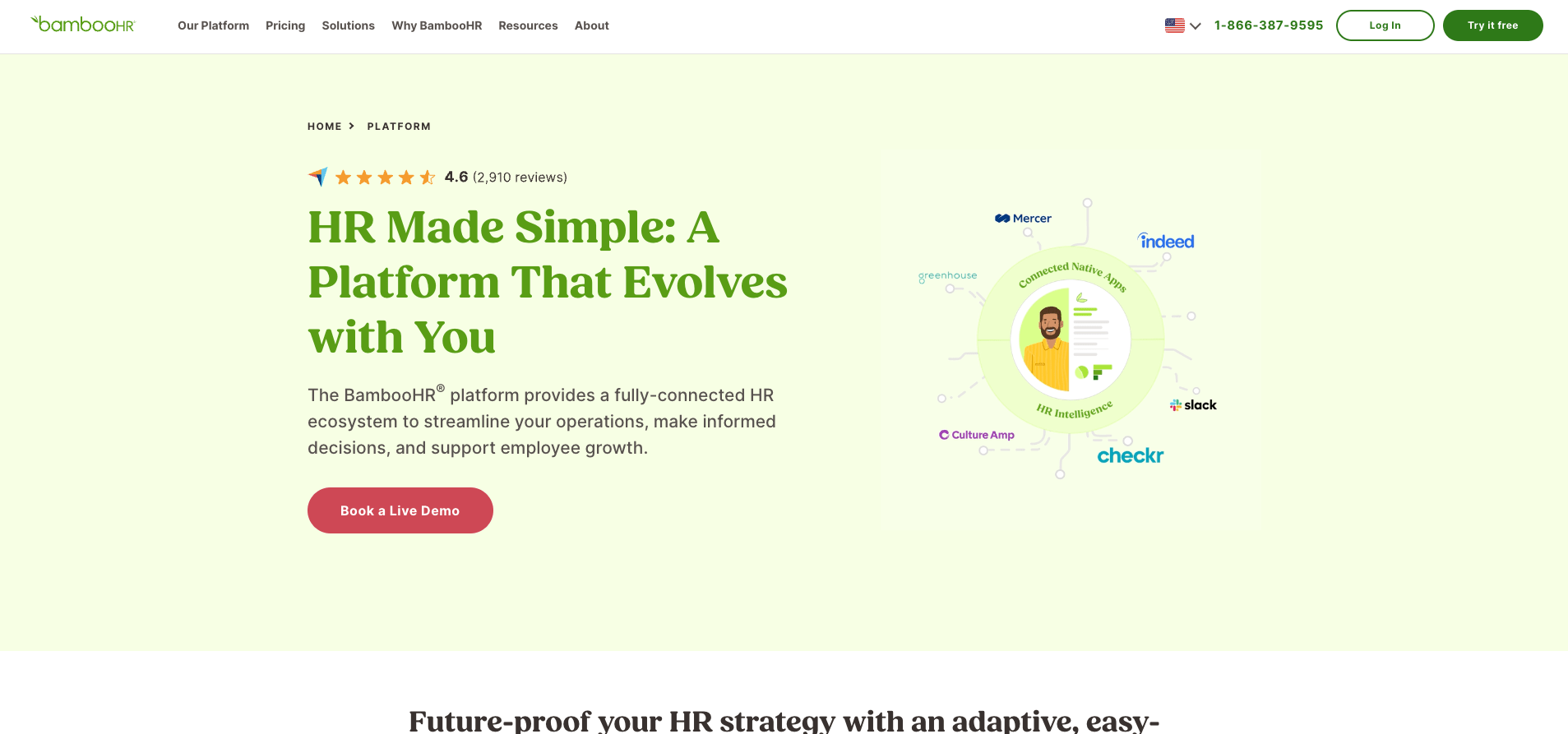
This is the tool I point to when someone says, “We just need a clean, manageable HR system that actually works for remote people.” BambooHR gives you core features like onboarding, document signing, PTO tracking, and even basic performance management, all in one interface.
Why I recommend it:
The UI is intuitive, and it doesn’t try to overcomplicate things. Employees can log in, handle their own requests, and managers get what they need fast. You can also plug it into Slack for announcements, birthdays, and leave alerts.
Why it works:
- Easy onboarding flows
- Self-service portals
- Custom workflows for remote hiring/offboarding
- Built-in performance management
Use it for: Employee records, reviews, HR compliance
Price: BambooHR’s Core plan starts at $10 per employee each month, but for full pricing details, you’ll need to reach out to their sales team directly.
Best fit: Remote-first companies in the U.S. or hybrid orgs
Pricing: Custom quote, usually ~$5–10/user/month
Best for Software for HR for International Hiring & Payroll
Deel
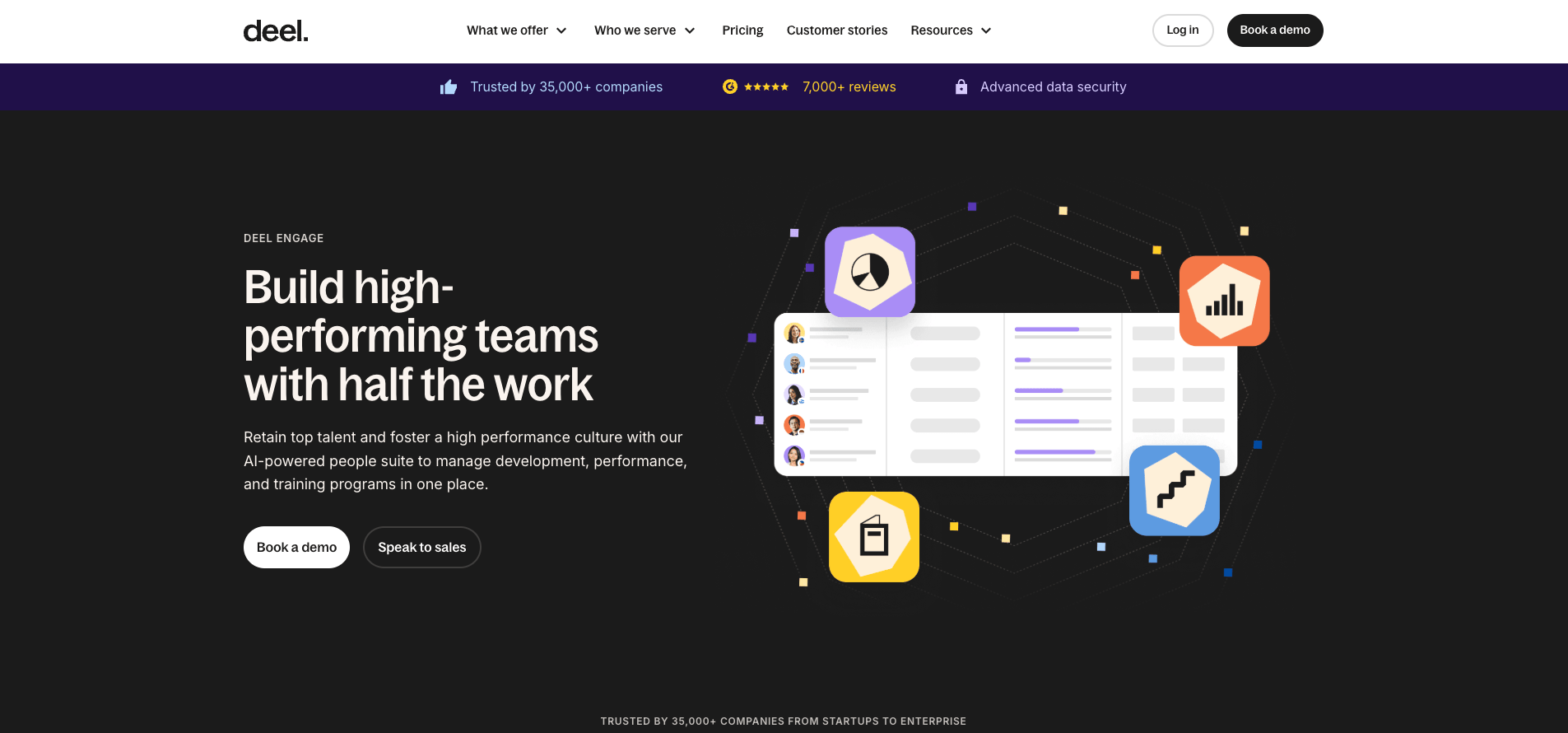
If you’re hiring outside your own country, you cannot skip legal compliance. Deel makes it simple: you can legally hire contractors or full-time employees in over 100 countries, and Deel handles all the local contracts, tax forms, and payroll logistics.
Why I recommend it:
This tool saves you thousands in legal fees and helps you avoid major compliance risks. I’ve seen teams grow internationally with Deel without ever needing to create a foreign entity. Their dashboard is also easy to navigate.
Why it works:
- Global legal coverage
- Fast contractor onboarding
- Great for scaling remote headcount internationally
- Strong compliance tooling
Use it for: Hiring in new countries, paying global teams
Price: $49/month (contractors), $599/month (EOR)
Best fit: Startups and scaling teams going global
Pricing: $49/mo for contractors; $599+/mo for employees
Best for Team Communication
Slack
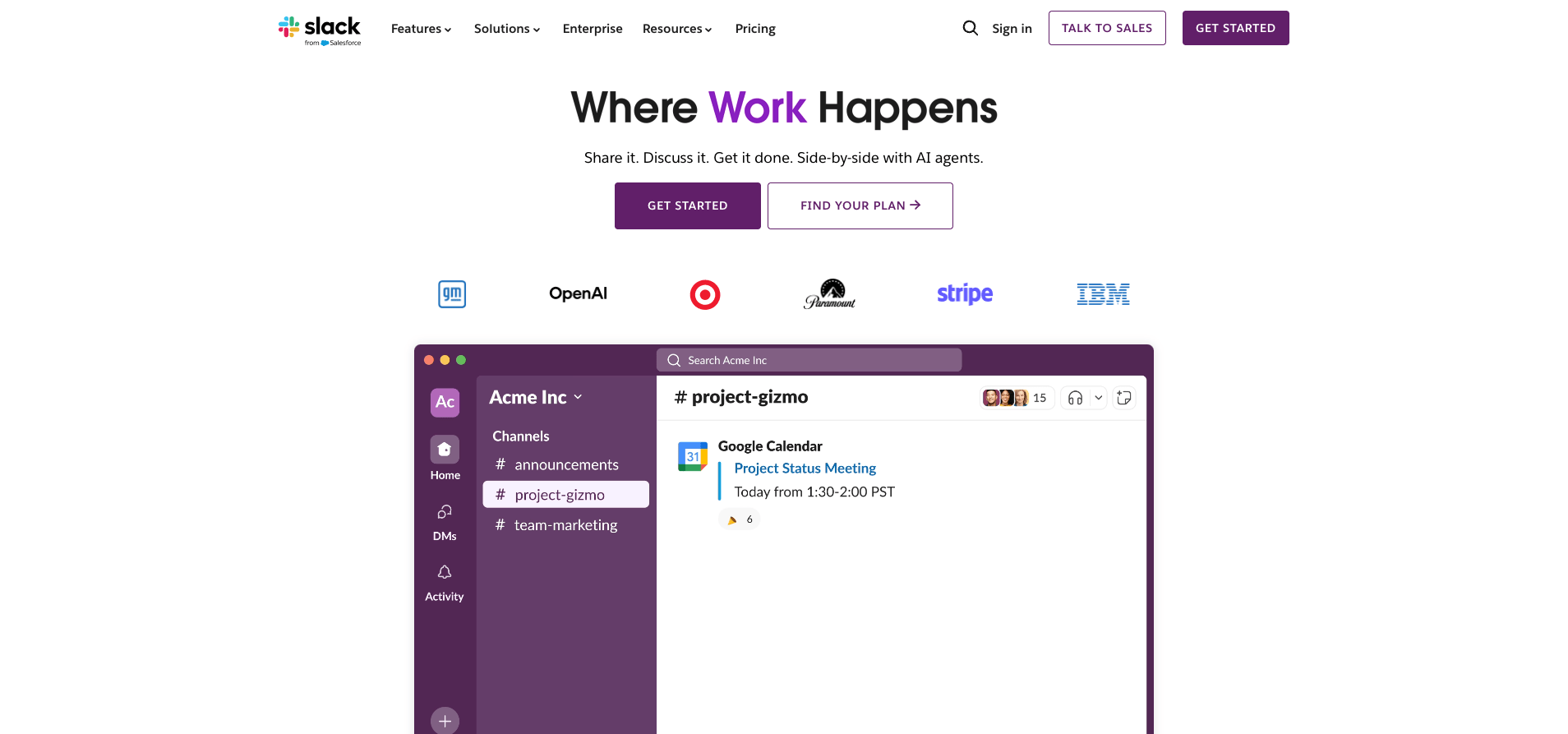
This one’s a no-brainer, but it’s worth stating: Slack is where remote work happens. It’s not just chat, it’s where onboarding bots live, where HR announcements happen, and where you can build workflows to notify teams of approvals, birthdays, reviews, and more.
Why I recommend it:
You can integrate tools like BambooHR, Gusto, and even Apploye into Slack to keep your HR processes in the same place your team already works.
Why it works:
- Everyone’s already using it
- Supports async and real-time chat
- Integrates with HR tools like BambooHR, Gusto, and Zapier
- Tons of HR workflow bots and plug-ins
Use it for: All internal team communication + HR notifications
Price: Free for small teams; paid from $7.25/user/month
Best fit: Any distributed team
Pricing: Free for basics; paid plans from $7.25/user/month
Best for Document Storage & HR Records
Google Workspace
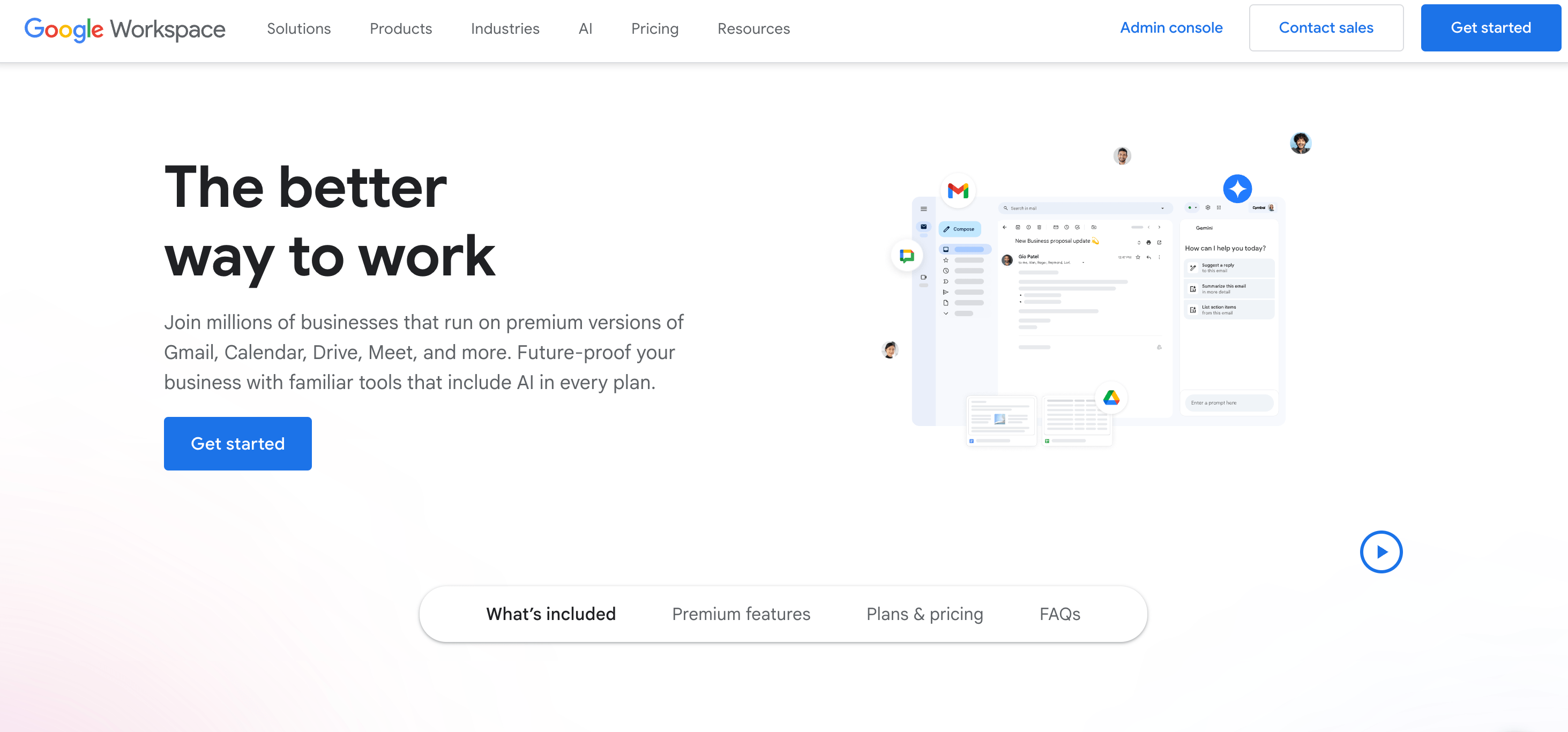
I always recommend having a clean, centralized place for all HR docs—offer letters, contracts, onboarding checklists, performance templates, and handbooks. If you’re dealing with large volumes, intelligent document processing can also help extract key data and route documents automatically.
Why I recommend it:
It’s familiar, secure, and flexible. You can share folders by department, control access, and integrate it with BambooHR or Slack for easy access.
Why it works:
- Familiar interface for all users
- Access control for sensitive HR data
- Works great with Google Docs for contracts, policies, and templates
- Easily integrates with other tools
Use it for: Storing HR docs, onboarding folders, review notes
Price: Starts at $6/user/month
Best fit: All remote teams
Pricing: From $6/user/month
Best for Payroll (U.S. Teams)
Gusto
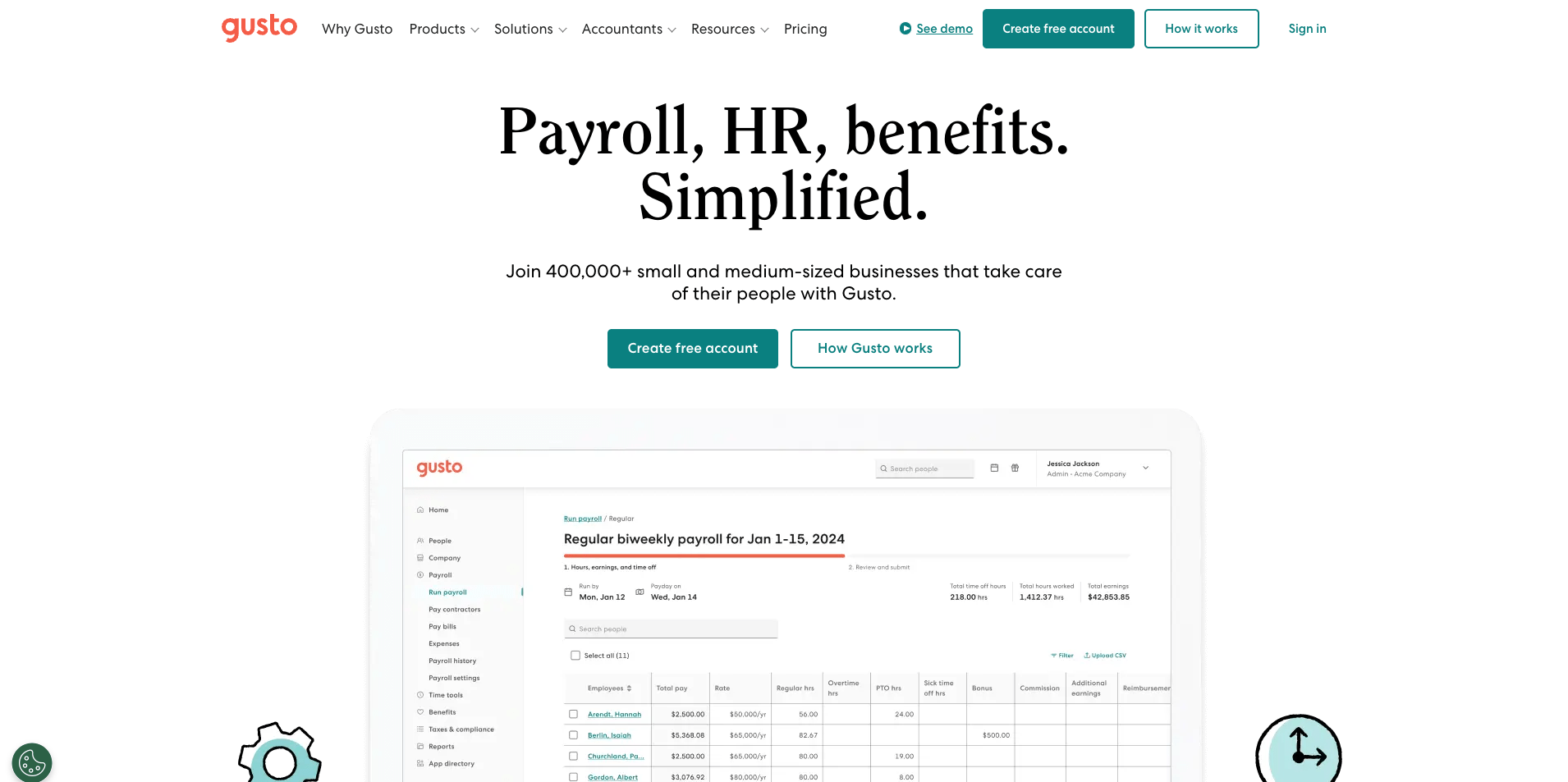
If your team is mostly U.S.-based, Gusto is still one of the easiest ways to handle payroll, benefits, onboarding, and compliance. It automates tax filings, health insurance, and new hire paperwork.
Why I recommend it:
You don’t need a full HR department to run payroll with Gusto—it’s made for lean teams. It also supports contractors, so you can pay freelancers and W-2s in the same dashboard.
Why it works:
- Handles all U.S. tax and benefits
- Onboarding checklists + e-sign docs
- Great support and user experience
- Integrates with accounting tools
Use it for: Paying U.S.-based remote teams
Price: Starts at $40/month + $6/user
Best fit: Startups and small U.S. companies
Pricing: $40/month + $6/user/month
Final Thoughts
When people ask me what the best HR software for remote teams is, my honest answer is: there isn’t one. But there’s a stack that works really well if you combine the right tools for the right jobs.
Here’s a quick summary of what I’d recommend:
Conclusions
Managing a remote team isn’t about finding one magical HR tool that does everything. It’s about building a tech stack that actually fits how remote teams work—asynchronously, across time zones, and without in-person processes.
Each tool I’ve shared here solves a specific problem well. Some handle onboarding and payroll. Others help you track productivity or keep communication smooth. The key is picking tools that are simple, focused, and work well together.
If you’re starting from scratch, don’t feel like you need to implement everything at once. Start with what’s broken or missing right now—maybe it’s time tracking, maybe it’s onboarding—and layer on the rest as your team grows.
A solid HR stack won’t just make your operations more efficient—it’ll make your remote team feel more supported, more aligned, and more connected. And that’s what actually makes remote work sustainable in the long run.
